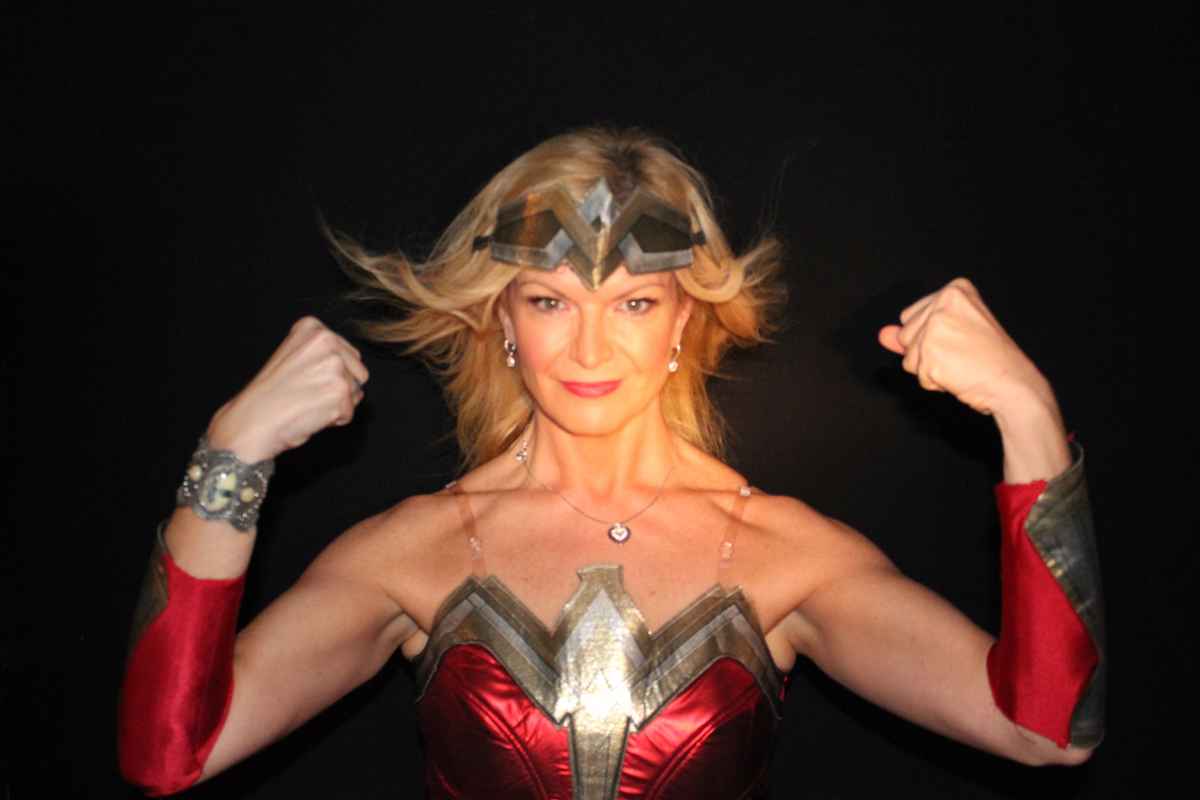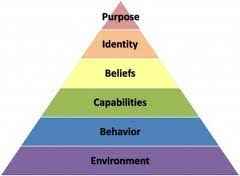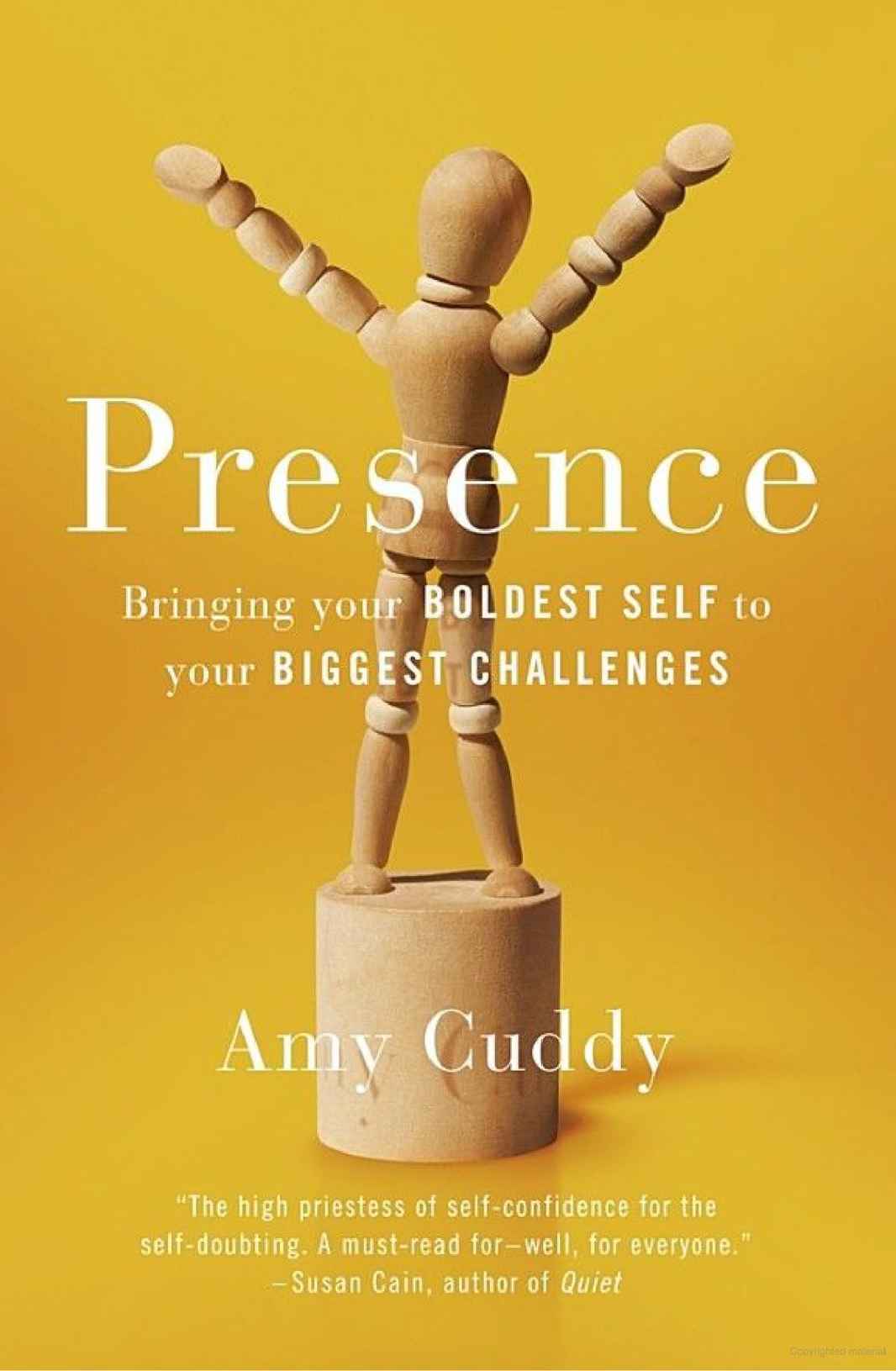Authenticity
It’s one over those frequently used words from the 21st century but what do we really mean when we talk about being authentic as a leader?
Leaders often feel a tension around authenticity. I sometimes meet clients who fear change because they fear becoming someone who is not authentic, becoming someone who is not ‘real’ to them. They use ‘authenticity’ as a barrier to developing, growing and achieving more success in their performance and with less stress in their life.
I coach clients to help them understand their sense of identity - who they are, their values - what’s important to them, & their beliefs - what they believe to be true. I use this to gain their engagement with the necessary skill or behavioural changes required to achieve the success they want to achieve, without making them feel stressed because these changes do not feel real for them. This approach is based on a model from Robert Dilts.
This model is by Robert Dilts – It is central to how I work with client authenticity
The higher up the pyramid I coach, the more effective and sustainable change will be. For this reason I tend to coach in the context of building a client’s awareness of Vision & Purpose, Identity, Values & Beliefs. Getting clarity on these increases authenticity whilst enabling clients to challenge what they might need and want to adapt in their capabilities, behaviour & environment, to create a sustainable change in their outcomes.
People often make a change in their working environment, maybe the company that they work for, or the team (change in environment) and find that the same issues keep coming up for them, or they go on a training course (upgrading skills) to improve an aspect of what they do with the hope this will make a difference. Often, nothing changes until a client moves up a few levels and considers their need or want to change from the perspective of Purpose, Identity, Values & Beliefs. We also look at the motivation to change from the perspective of Vision & Purpose - Why they do what they do.
For example: a skill someone might need or want to improve is communication, the behaviour they may decide they need is developing the use of open questions and this would impact within a specific environment (e.g. in one-to-ones). So the skill drives a behaviour that impacts on the environment.
In the same way,Vision, Purpose, Identity and Values & Beliefs have an influence on how they engage with the levels below - if these are not aligned with actions that are in the levels below, this will become a source of tension and stress.
As leaders in a fast changing environment, you need to be competent in many different areas and bring many different skills to bear in different environments. I have found that when you become clear on your Vision & Purpose, Identity, Values & Beliefs, this allows you to focus your energies more effectively. You are still being you, in fact you are being even more authentic, you are being you with intention and skill and will have the impact you choose to have.
Identities aren’t fixed
Authenticity isn’t about being rigid and unchanging and it doesn’t mean sticking with what feels comfortable
There are many different elements to who we are - and sometimes we haven’t discovered them until we are courageous and creative and explore who we are.
As we advance in our careers, we all have to move out of our comfort zones.
These transitions are a lot easier if you view yourself as a work in progress and allow your identity to evolve.
Using trial and error, and an attitude of playfulness, you can develop a style that adapts to new situations but still feels right for you.
I love to quote the example of Mark Ramprakash, a former cricketer for England, who won the 2nd series of Strictly Come Dancing in the UK. He went on the programme as a non-dancer who expected to be knocked out in the first round of the competition. Until learning to dance he did not identify as a dancer but with a desire to have a go and have some fun he developed the skills to be considered as good as the professional dancers.
Unfortunately though, the higher you climb the career ladder or the more expert you become in a role the less likely you are to risk playing with what works, what has helped you achieve the position you now hold. This is one of the most common reasons senior leaders struggle to change.
Authenticity is often used as an excuse for fear!
I encourage my clients to see their development as a process for trying out different versions if themselves. This is not being fake, it’s figuring out what works for you in different challenges and situations
Fake it till you make it!

I love this book by - Amy Cuddy. You can also see her world famous Ted Talk here - Power poses
Amy shares her research which proves how when we pose our bodies in a certain way we can feel different.
For example: If you are feeling nervous or confident your body will reflect this in your posture, facial expressions and movements. These will be different depending on whether you are nervous or confident. We could say the same for any feeling/emotion/state.
If you consider this you can see that if you know how you express, stand and move when in an emotional state which is helpful to a situation you can choose to replicate these when you need to achieve that emotional state.
This is not faking it. This is you using what you have (knowledge and skills about you and your body) to make changes that help you achieve an outcome you wish to achieve.
It is authentic because it is still you making the decisions and the changes, aligned to your knowledge about yourself.
In this fantastic book, Amy also shares many other strategies, including vales alignment to help you bring your boldest self to your biggest challenges.
Implicit and explicit in these strategies is the principle that you have are more that what you have been to date. Change is not inauthentic, it is not manipulative, it is just about finding and bringing your best version of yourself to the situation. At the same time we have to learn who that best self is and adapt accordingly.
Developing authentic leadership capability
Think of leadership development as a process of trying on possible new versions of you
Start by developing a more playful frame of mind
- Set goals for your learning and not just for your performance outcomes. What do you want to learn? What will you achieve if you learn this. How does this relate to your Vision, Purpose and Values?
- Adopt many diverse role models - most learning comes from some form of imitation. Whilst it might be weird to copy one person, wholesale, you can selectively borrow from many different people to create your unique approach.
- Find out what stories you are telling yourself that are holding you back (Limiting beliefs) - We allow the stories we tell ourselves about who we are to keep us where we are. Most of us have personal narratives about defining moments that taught us important lessons. If an old story is defining you (Your identity) and holding you back, its time to write your own story (Vision of your ideal self). Your personal narrative must feel believable, and can change over time, according to what you need to so and the new experiences a more playful you has, the more capabilities a more openminded and self-empowered you develops.
Ready to get started?
Ready to get started?
Do you want to find out who you are capable of being and what you are capable of achieving?
Do you want to find out who you are capable of being and what you are capable of achieving?


